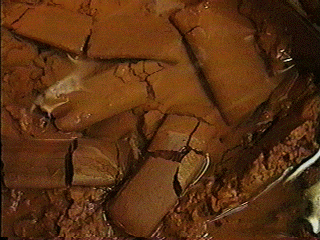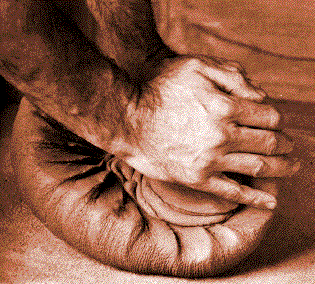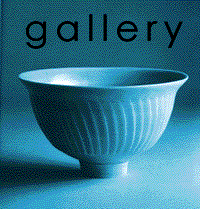GEOLOGIC ORIGIN OF CLAY
Clay is a mineral 'stew' that is the result of the erosion of the earth's crust over vast spans of time. What was originally the mineral feldspar in igneous rocks, primarily granite, breaks down over time and becomes the microscopically fine-particled clay that we form with our bare hands. How this transformation takes place is a matter of geology and time. The effects of erosion over enormous spans of time cause igneous rocks to disintegrate, and the feldspar content is altered to kaolinite, which is the identifying substance in clay. Those clay deposits which remain at or near the site of the parent material (granite) are called residual or primary clays. These so-called residual clays are grainy and lack the smoothness necessary for workability. These clays are said to be non-plastic because they do not shape easily. Those clays which have been transported by water, wind, and ice and deposited in locations distant from the source material are called sedimentary or secondary clays.Compared to residual clays, sedimentary clays are more plastic, and the particles are smaller, more uniform, and more mixed with other materials. Under the microscope, clay particles resemble playing cards in form. They are flat, hexagonal, and thin, like cards. When wet, the particles can 'slip' across each other, as in a deck of cards. This ability to 'slip' is what gives a clay its workability, called plasticity. So, to summarize, potters need plastic clays for wheel throwing and hand building. Mining companies explore the world to find natural deposits of clays to mine and blend for sale to industry and to studio potters.

TO SUMMARIZE:
FELDSPAR IN IGNEOUS ROCKS
breaks down to
SEDIMENTARY CLAYS MIXED WITH OTHER MATERIALS
which are blended into CLAY BODIES



